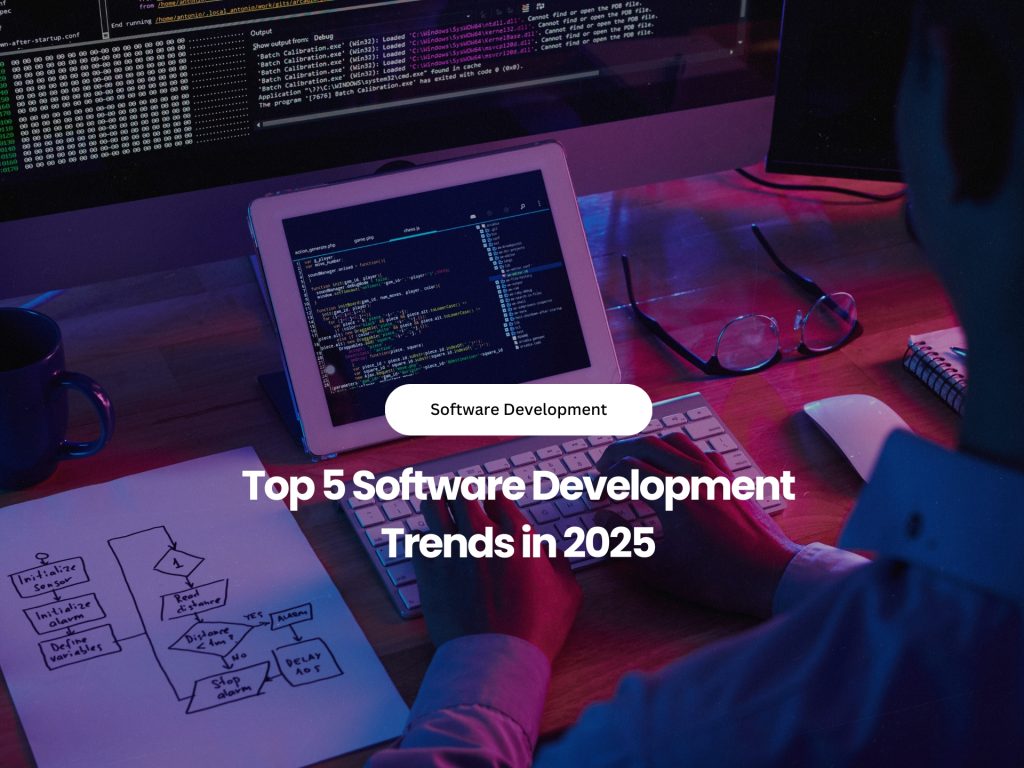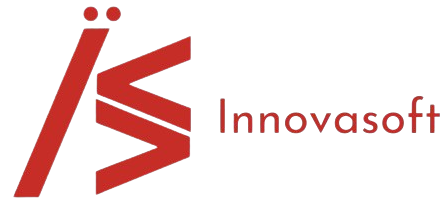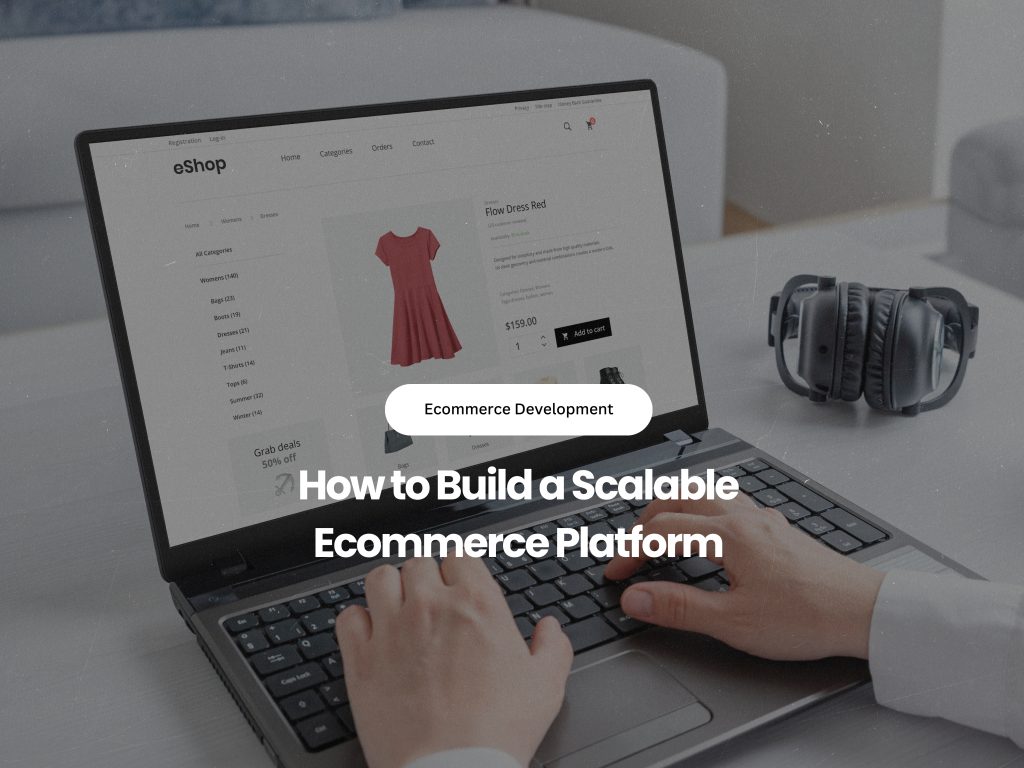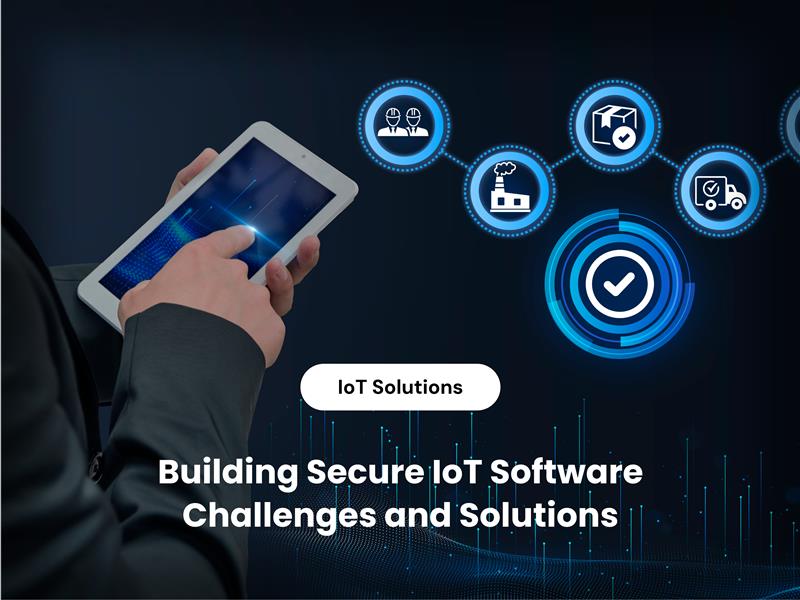
The software development industry is in a constant state of evolution, driven by technological advancements and changing business needs. As we move into 2025, several key trends are set to redefine how software is developed, deployed, and maintained. Whether you’re a developer, a business leader, or a tech enthusiast, staying updated on these trends is essential to remain competitive in the digital landscape.
In this blog, we’ll dive into the top 5 software development trends in 2025, exploring how they are shaping the future of technology. From the rise of AI-powered tools to the growing adoption of edge computing, these trends are not just buzzwords—they represent real shifts in how software is created and consumed. Let’s get started!
Artificial Intelligence and Machine Learning Integration
Artificial Intelligence (AI) and Machine Learning (ML) have been transformative forces in software development, and their influence is only set to grow in 2025. These technologies are no longer limited to niche applications; they are becoming integral to the software development lifecycle itself.
Why It Matters:
AI and ML are revolutionizing how developers work by automating repetitive tasks, improving code quality, and enabling smarter decision-making. For example, AI-powered tools like GitHub Copilot are already helping developers write code faster by suggesting snippets and auto-completing functions. Similarly, ML algorithms are being used to analyze user behavior, enabling businesses to create more personalized and engaging applications.
What to Expect in 2025:
- AI-Driven Development Tools: Tools that leverage AI to assist with coding, debugging, and testing will become more sophisticated. For instance, AI-powered testing tools can automatically identify bugs and suggest fixes, reducing the time spent on manual testing.
- Enhanced Personalization: Applications will increasingly use AI to deliver hyper-personalized experiences. For example, e-commerce platforms will use ML algorithms to recommend products based on a user’s browsing history and preferences.
- Predictive Analytics: ML models will be used to predict trends and user behavior, helping businesses make data-driven decisions. For instance, predictive analytics can help retailers optimize inventory levels or forecast demand for specific products.
Real-World Example:
Companies like Netflix and Spotify are already leveraging AI and ML to deliver personalized content recommendations. In 2025, we can expect more industries, such as healthcare and finance, to adopt these technologies to improve customer experiences and operational efficiency.
Cloud-Native Development
Cloud-native development has been gaining momentum for years, and in 2025, it will become the standard approach for building modern applications. This methodology involves designing applications specifically for cloud environments, leveraging the scalability, flexibility, and cost-efficiency of cloud computing.
Why It Matters:
Cloud-native development allows businesses to build applications that are more resilient, scalable, and easier to manage. By adopting cloud-native practices, companies can reduce infrastructure costs, improve time-to-market, and ensure their applications can handle increasing workloads.
What to Expect in 2025:
- Microservices Architecture: More organizations will adopt microservices, breaking down applications into smaller, independent services that can be developed, deployed, and scaled individually. This approach improves agility and makes it easier to update applications without disrupting the entire system.
- Serverless Computing: Serverless computing, where developers focus on writing code without worrying about server management, will continue to grow. Platforms like AWS Lambda and Azure Functions will enable businesses to build and deploy applications faster.
- Multi-Cloud Strategies: To avoid vendor lock-in and ensure redundancy, businesses will adopt multi-cloud strategies, using services from multiple cloud providers like AWS, Google Cloud, and Microsoft Azure.
Real-World Example:
Companies like Airbnb and Uber have successfully adopted cloud-native development to scale their platforms and handle millions of users. In 2025, even small and medium-sized businesses will embrace cloud-native practices to stay competitive.
DevSecOps: Integrating Security into DevOps
As cyber threats become more sophisticated, integrating security into the software development life cycle has become a top priority. DevSecOps, which combines development, security, and operations, ensures that security is a fundamental part of the development process rather than an afterthought.
Why It Matters:
Traditional approaches to security often involve adding security measures at the end of the development process, which can lead to vulnerabilities. DevSecOps integrates security from the start, ensuring that applications are secure by design.
What to Expect in 2025:
- Automated Security Testing: Automated tools for security testing will become more advanced, enabling developers to identify and fix vulnerabilities early in the development cycle.
- Security as Code: The concept of “security as code” will gain traction, where security policies and practices are defined and managed through code. This approach ensures consistency and makes it easier to enforce security standards.
- Increased Collaboration: DevSecOps encourages collaboration between development, security, and operations teams, fostering a culture of shared responsibility for security.
Real-World Example:
Financial institutions like JPMorgan Chase are leading the way in adopting DevSecOps to protect sensitive customer data. In 2025, more industries, including healthcare and government, will follow suit to enhance their cybersecurity posture.
Low-Code and No-Code Development Platforms
Low-code and no-code development platforms are revolutionizing how software is built, enabling non-technical users to create applications with minimal coding. In 2025, these platforms will become even more powerful and widely adopted.
Why It Matters:
Low-code and no-code platforms democratize software development, allowing businesses to create custom applications quickly and cost-effectively. This is particularly beneficial for small businesses and startups that may not have the resources to hire a full development team.
What to Expect in 2025:
- Increased Adoption: More businesses will use low-code and no-code platforms to accelerate digital transformation initiatives. These platforms will enable companies to build applications for internal use, customer engagement, and process automation.
- Enhanced Capabilities: Low-code and no-code platforms will continue to evolve, offering more advanced features such as AI integration, API connectivity, and support for complex workflows.
- Citizen Developers: The rise of “citizen developers”—non-technical users who create applications using low-code/no-code platforms—will continue to grow, empowering employees across organizations to contribute to software development.
Real-World Example:
Platforms like Microsoft Power Apps and OutSystems are already enabling businesses to build applications without extensive coding knowledge. In 2025, we can expect these platforms to become even more user-friendly and versatile.
Edge Computing and IoT Integration
The Internet of Things (IoT) is transforming industries by connecting devices and enabling real-time data exchange. In 2025, the integration of edge computing with IoT will take this transformation to the next level.
Why It Matters:
Edge computing involves processing data closer to the source of generation, reducing latency and improving performance. When combined with IoT, it enables real-time decision-making and enhances data security.
What to Expect in 2025:
- Increased IoT Adoption: More industries, including manufacturing, healthcare, and retail, will adopt IoT solutions to improve efficiency and customer experiences.
- Real-Time Analytics: Edge computing will enable real-time analytics, allowing businesses to make faster, data-driven decisions. For example, smart factories will use edge computing to monitor equipment performance and predict maintenance needs.
- Enhanced Security: By processing data locally, edge computing reduces the risk of data breaches and ensures compliance with data privacy regulations.
Real-World Example:
Autonomous vehicles rely on edge computing to process data from sensors in real-time, enabling safe and efficient navigation. In 2025, we can expect more IoT applications to leverage edge computing for enhanced performance and security.
Conclusion
The software development landscape in 2025 is set to be shaped by these five key trends: AI and ML integration, cloud-native development, DevSecOps, low-code/no-code platforms, and edge computing with IoT. These trends represent not just technological advancements but also shifts in how businesses approach software development.
For developers, staying updated on these trends is crucial to remain relevant in a competitive job market. For businesses, embracing these trends can lead to faster innovation, improved efficiency, and a stronger competitive edge.
As we move further into the digital age, the ability to adapt to these changes will be more important than ever. By understanding and leveraging these trends, you can ensure that your software development practices are future-proof and aligned with the latest industry standards.


